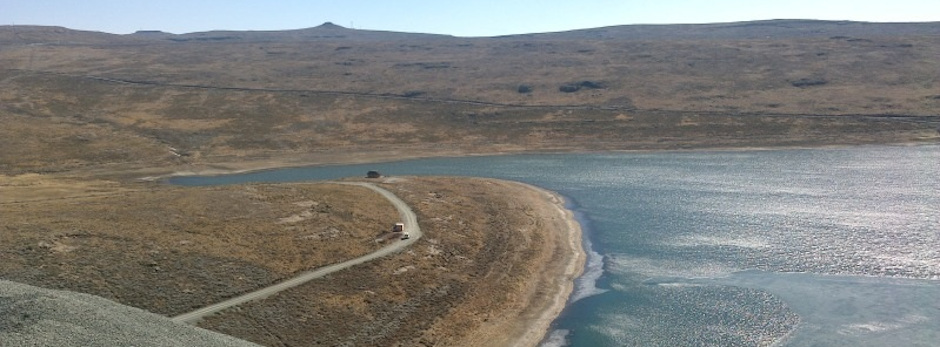As the impact of the recent Cyclone Eloise has shown, mines in Mozambique face extreme challenges related to water, which can only be addressed through early planning and continuous management.
Cyclones are not the only factor that makes water management in the country particularly difficult. An important natural feature of Mozambique is the prevalence of large rivers flowing through the country - such as the mighty Zambezi River that passes through coal, copper and iron mining areas around and upstream of Tete. These rivers are fed by wide catchment areas that extend well into Africa’s interior, with the country’s mines often located in the lower regions of the catchments.
Even beyond the risks mines face related to heavy local rainfall events, therefore, these rivers also risk flooding as a result of upstream rainfall hundreds of kilometres away. This is in stark contrast to most mines in South Africa, for instance, which are generally located in drier areas and within the upper reaches of river catchments. When a river like the Zambezi floods, the floodwaters can extend 20 km in width across Mozambique’s typically flat topography - inflicting considerable disruption on all sectors including mining. The regular occurrence of high intensity storms - linked to the warm sea surface temperatures in the Indian Ocean - are further risks to mining operations.
Apart from the damage to infrastructure and operations caused by strong winds, high volumes of water from these weather events can cause extended periods of flooding on mining properties. This is especially the case where topography is flat or low-lying, causing post-flood drainage to occur only slowly and with more pumping interventions by the mine.
SRK Contributors:
Peter Shepherd, Desmond Mossop

